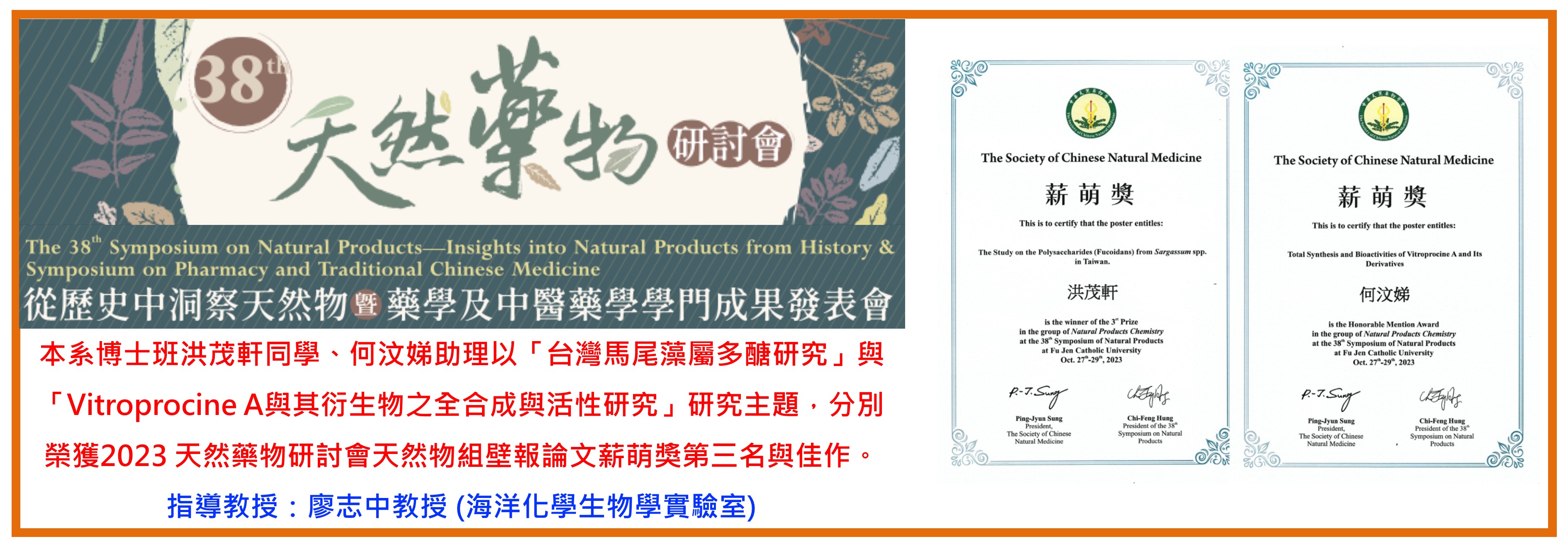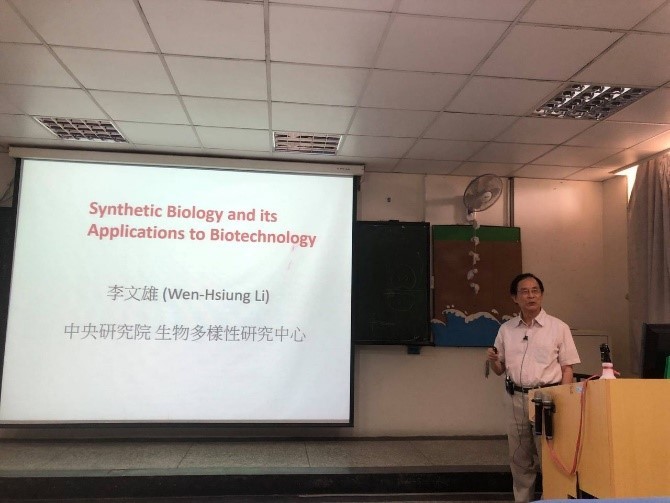2020/10/19 李文雄院士蒞臨本系演講-Synthetic Biology and Its Application to Biotechnology
Synthetic Biology and Its Application to Biotechnology
Wen – Hsiung Li
Synthetic biology is a multidisciplinary area of research that seeks to create new biological parts, devices, and systems, or to redesign systems that are already found in nature. Due to more powerful genetic engineering capabilities and decreased DNA synthesis and sequencing costs, the field of synthetic biology is rapidly growing. There are four basic steps for the synthetic biology platform as,
- Library
- Assemble
- Installation
- Function
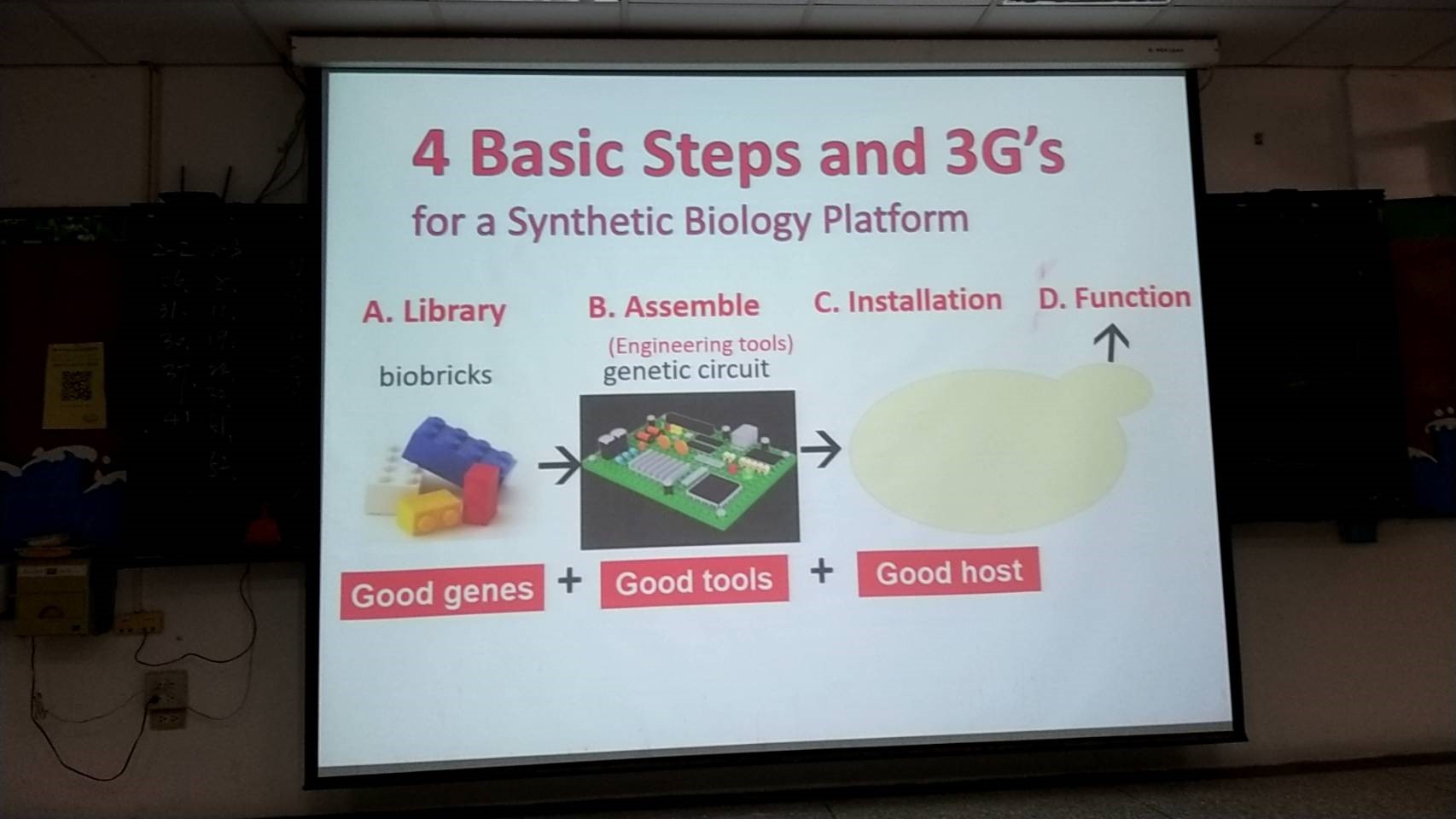
It is important to find good genes, good genetic tools and a good host for increase efficiency with a low budget. Saccharomyces cerevisiae use for the bioethanol production because it shows strong fermentation and already know the genetics and genome of it. The problem with that species is strong glycosylation and its glycosylation strength was difficult to reduce. So as a super host kluyveromyces marxianus shows,
- high growth rate
- broad temperature tolerance
- low contamination
- broad substrate spectrum

In addition, this species has weak glycosylation and high secretion ability. As a tool here they used Promoter Based Gene Assembly and Simultaneous Overexpression (PBGAS) method. They used CRISPR/ Cas9 system to cut and recombine target DNA with donor DNA.
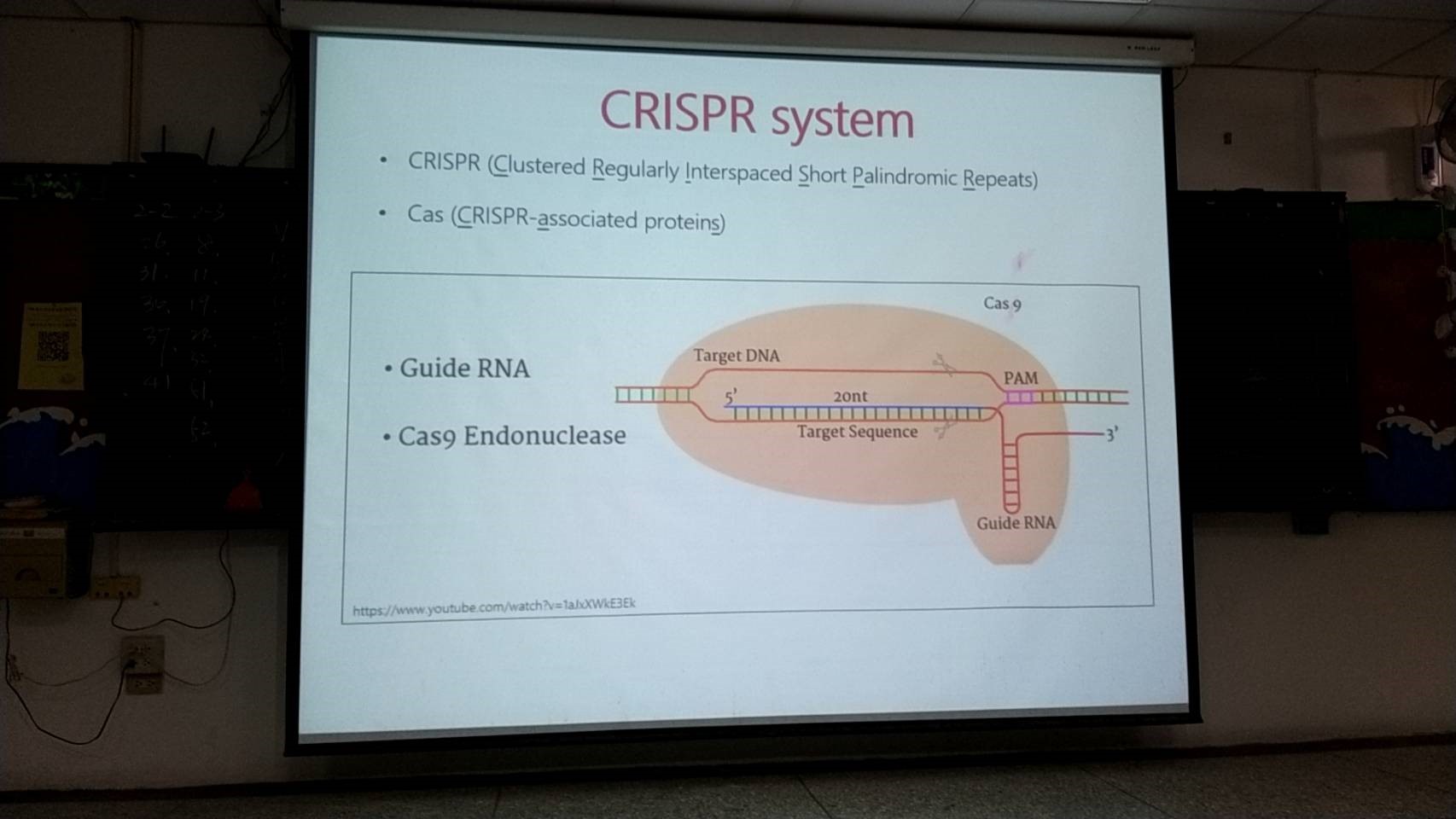

Cellulosome
Marimuthu Anandharaj, Yu-Ju Lin, Rizwana Parveen Rani, Eswar Kumar Nadendl, Meng-Chiao Ho, Chieh-Chen Huang, Jan-Fang Cheng, Jui-Jen Chang, and Wen-Hsiung Li. Constructing a yeast to express the largest cellulosome complex on the cell surface. Proc Natl Acad Sci U S A. 2020 Feb 4; 117(5): 2385–2394. doi: 10.1073/pnas.1916529117. PMID: 31953261
https://www.ncbi.nlm.nih.gov/pmc/articles/PMC7007581/
Cellulases are the enzyme required for digest cellulose. They are three types and among them Endo cellulase (EG3) and Exo cellulase extracted from Trichoderma reesei and cellulosomal bacteria are
- Clostridium sp.
- Bacteriodes sp.
- Acetivibrio sp.
- Rumnicocus sp.
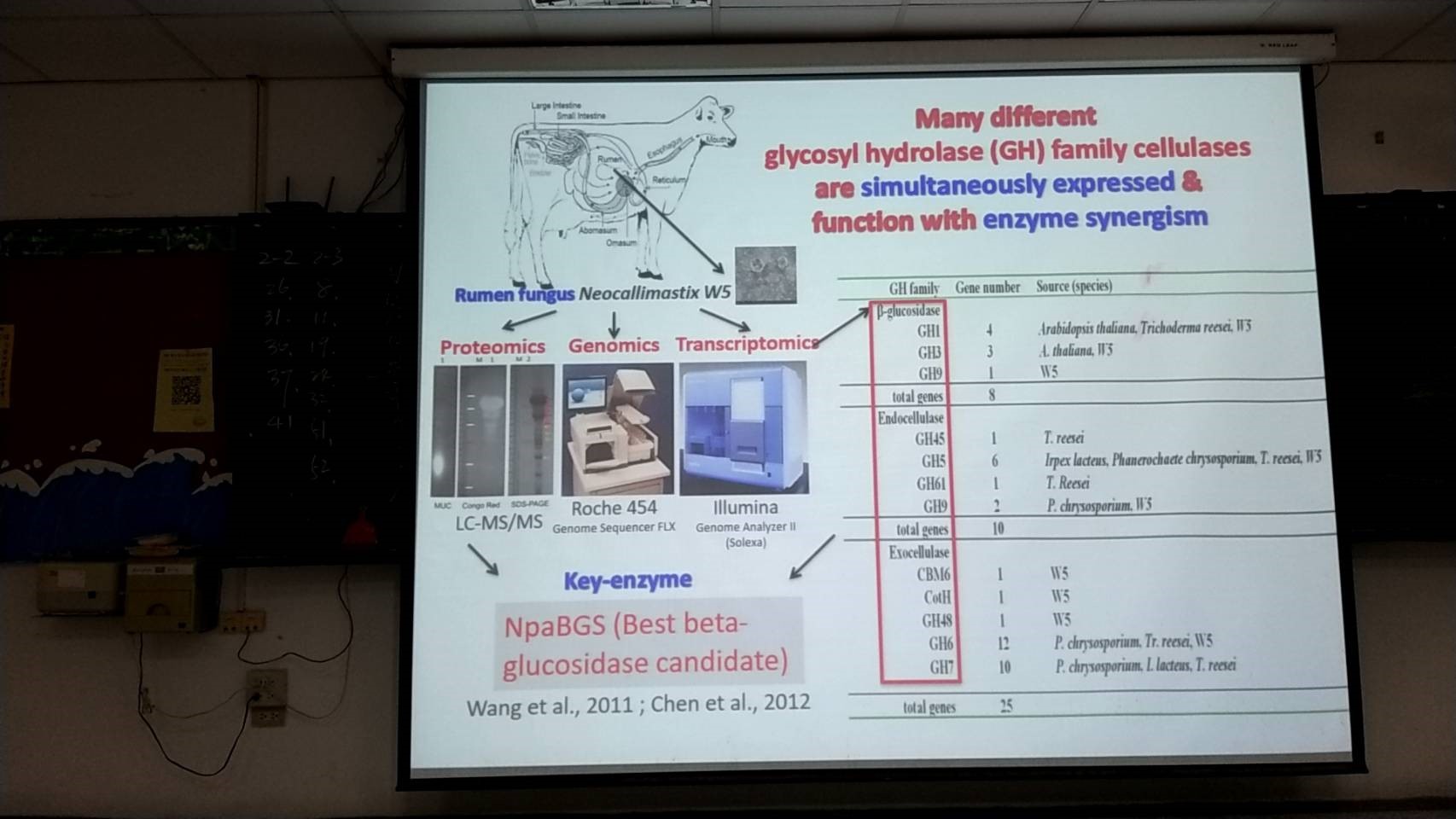
But Clostridium thermocellum use as the natural finest cellulolytic machine. So, this kind of bacteria use as the host to produce valuable metabolites, valuable proteins, antibiotics, antimicrobial peptides and biofuel. Microbial are
- genetically simpler to manipulate
- have rapid growth
- need small space to grow
- need simple media as nutrients
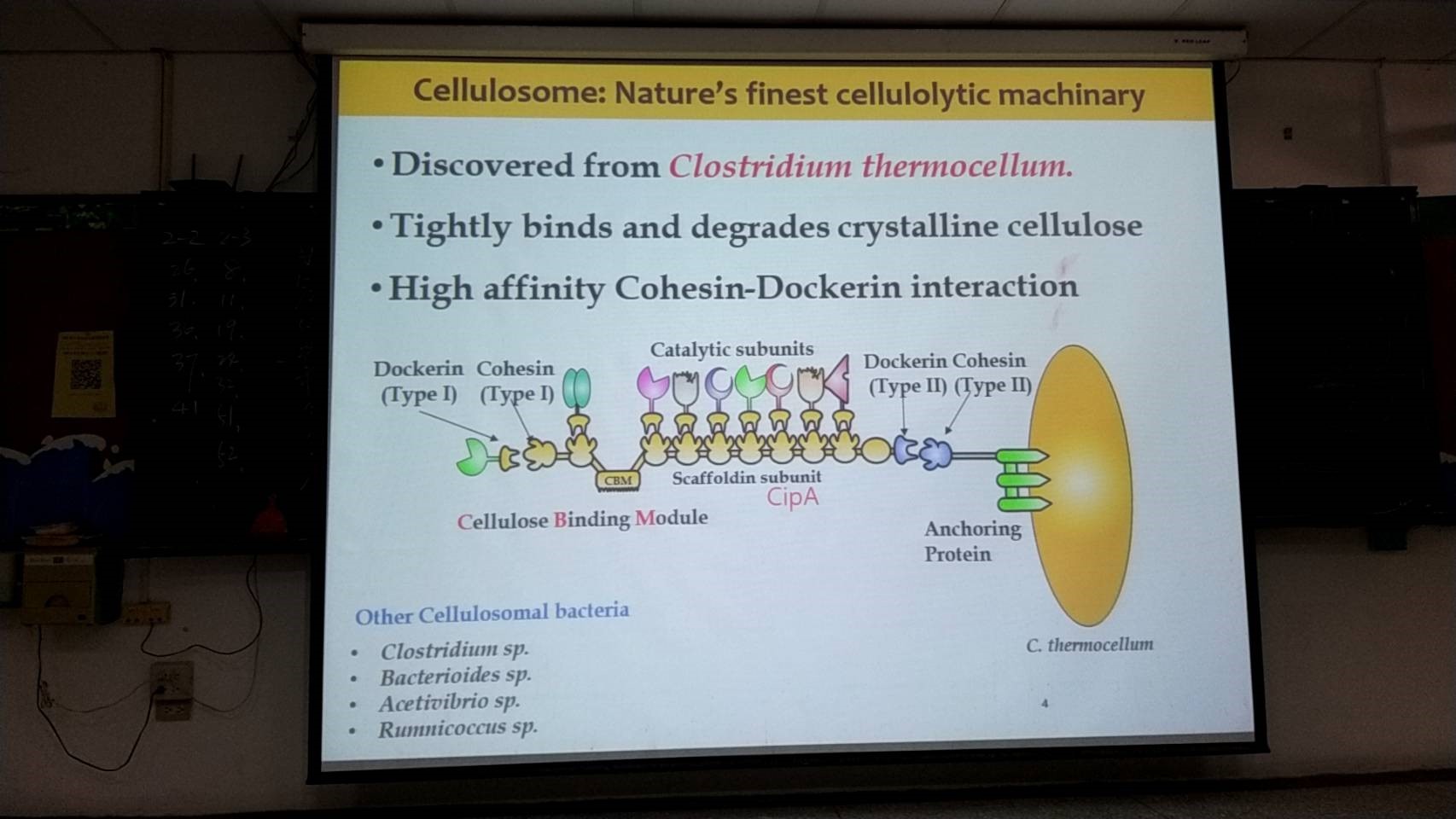
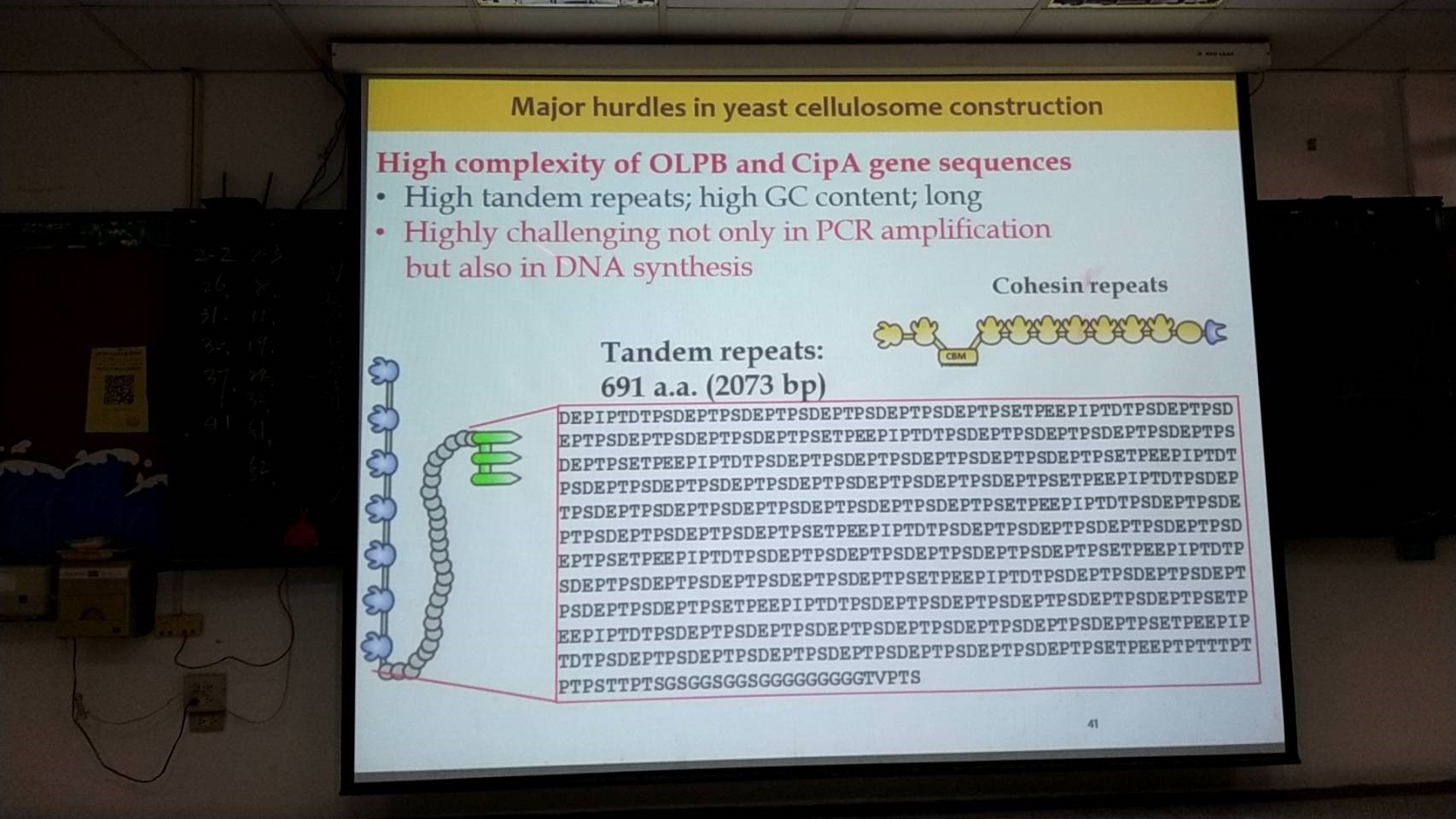
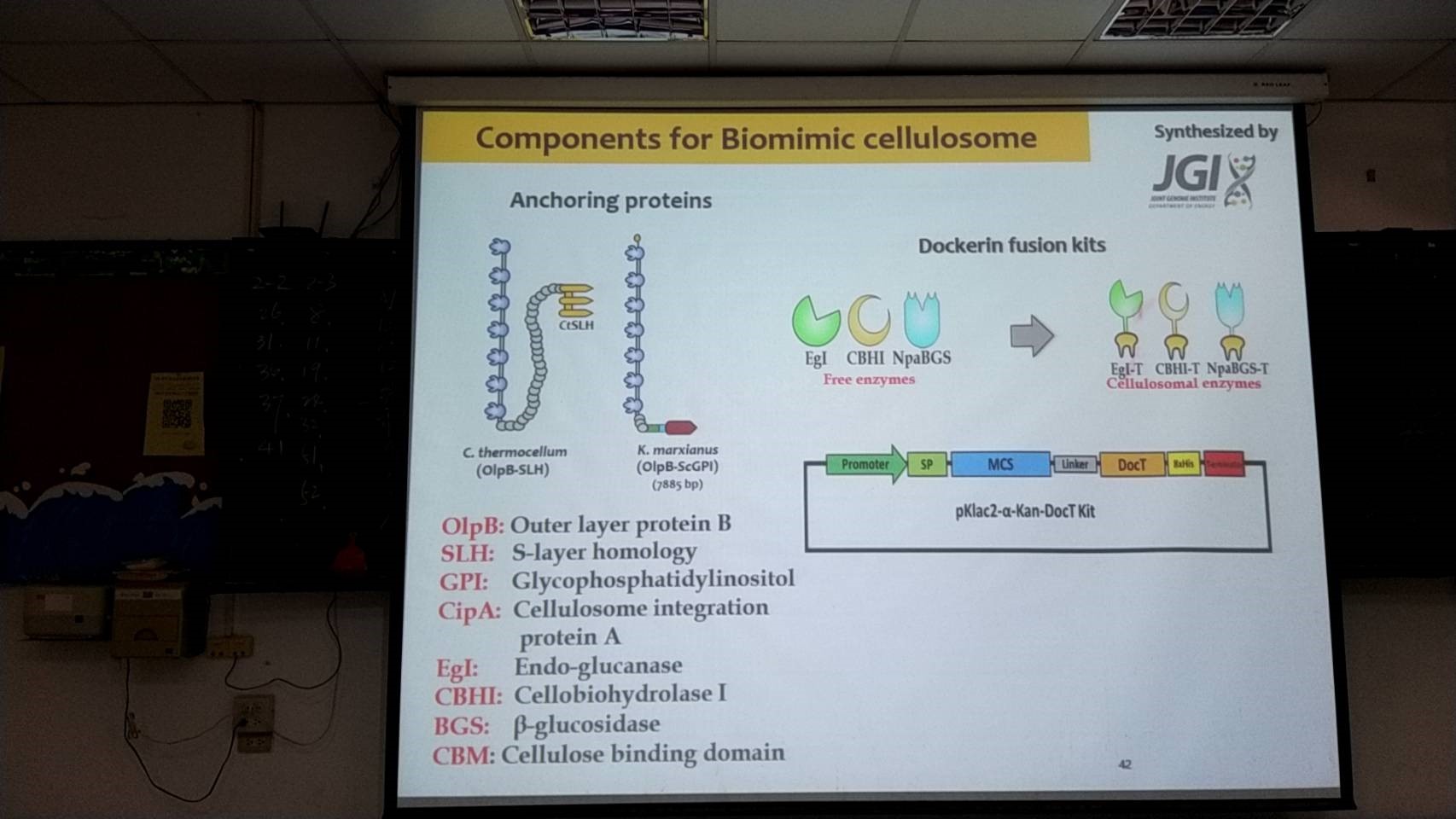
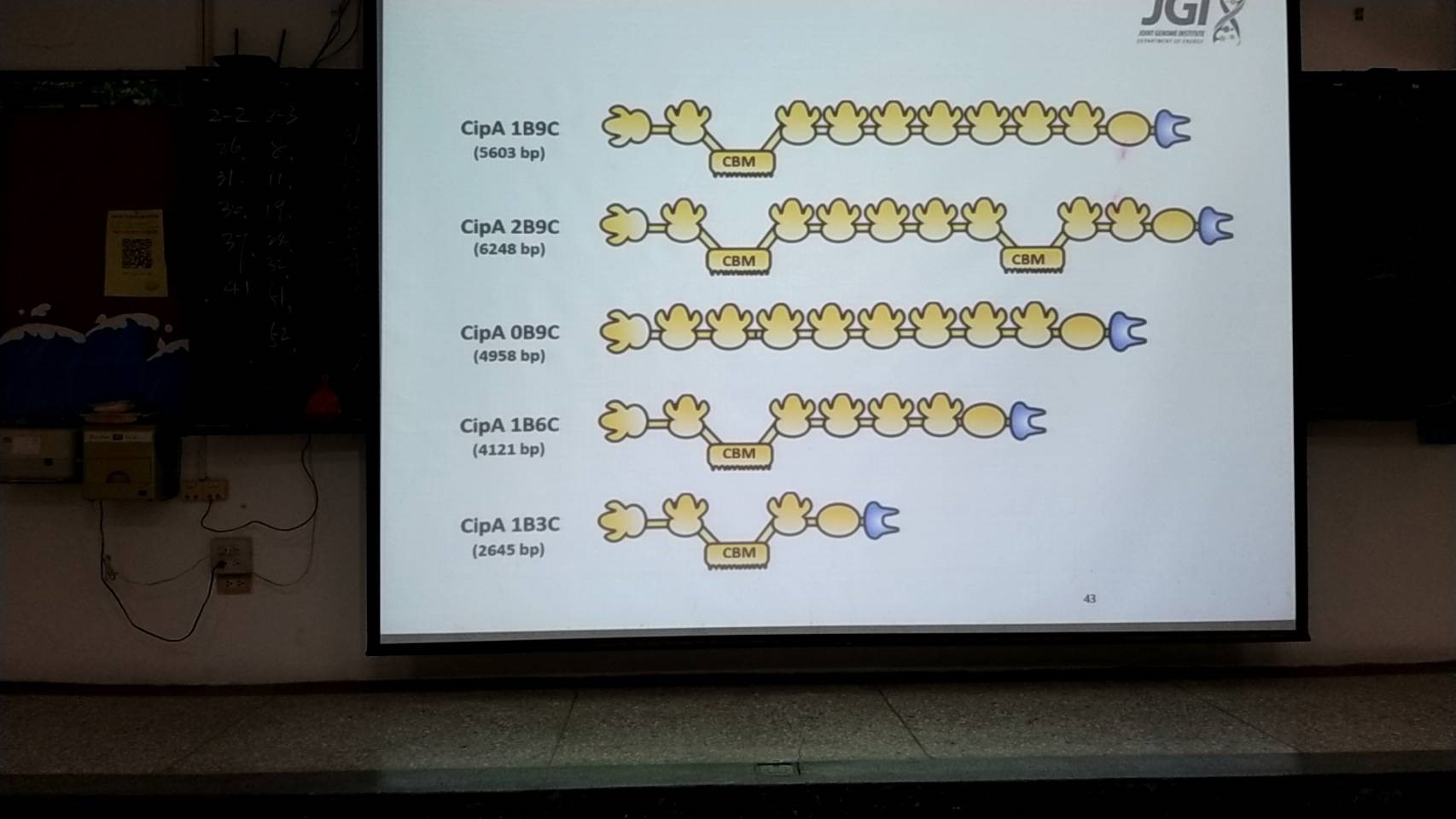
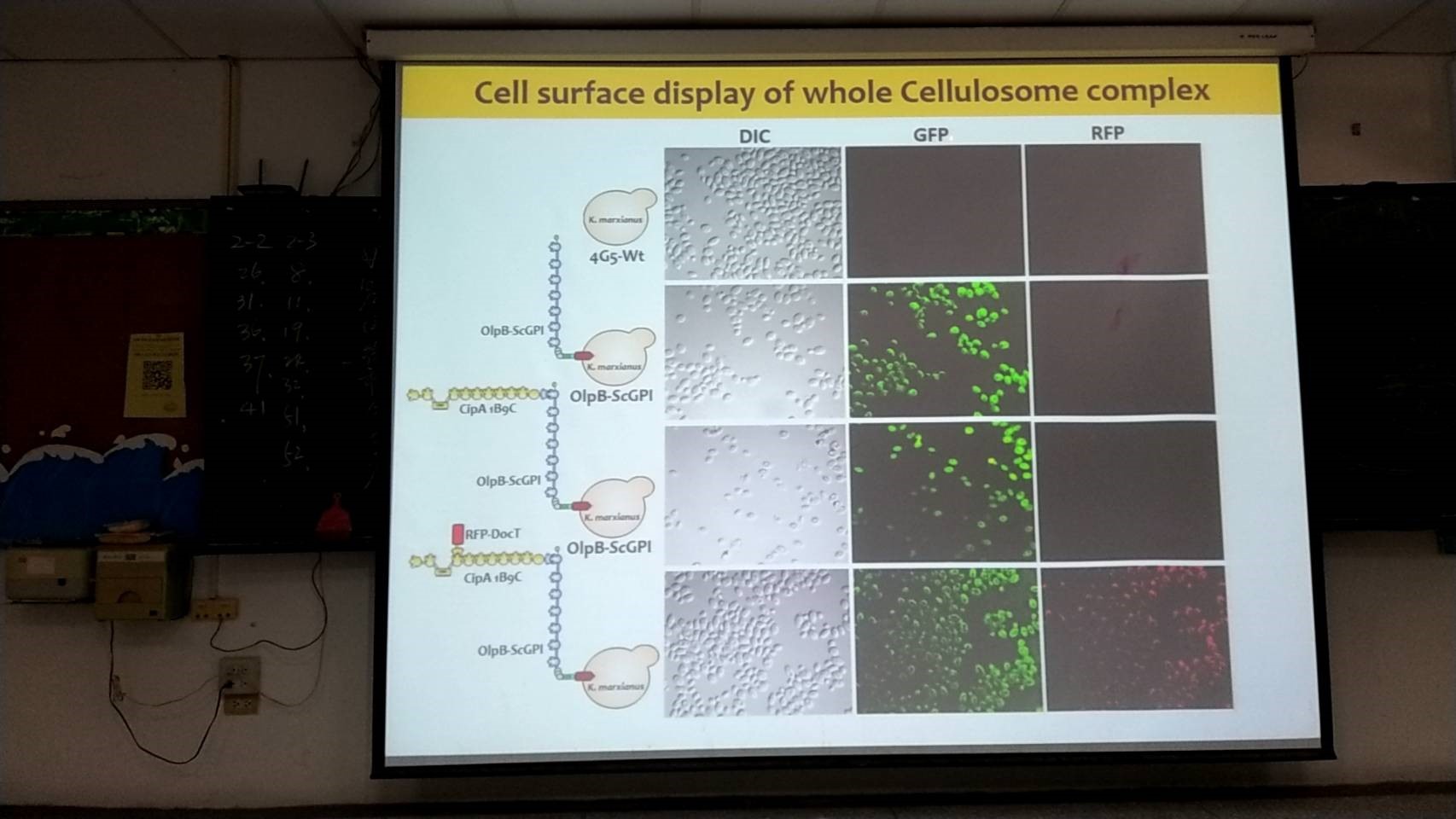
Using multiple gene tansformation in one time, the metabolic pathways can be modified in an easy way. .
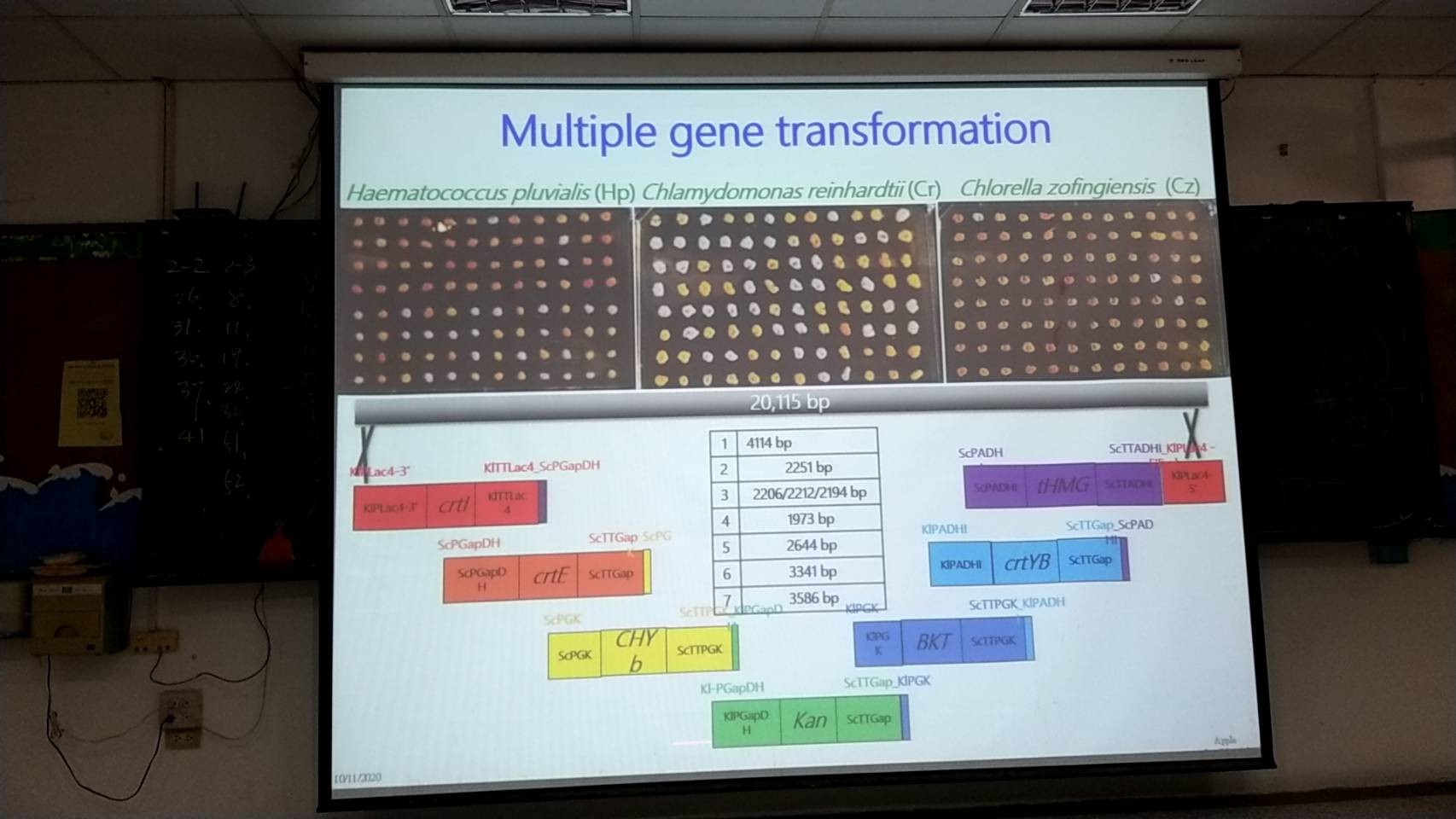
Based on this multiple gene transformation technique, the asataxathin synthesis can be greatly enhanced through the co-transformation of bkt and chyb genes in yeast, reaching around 1% production.
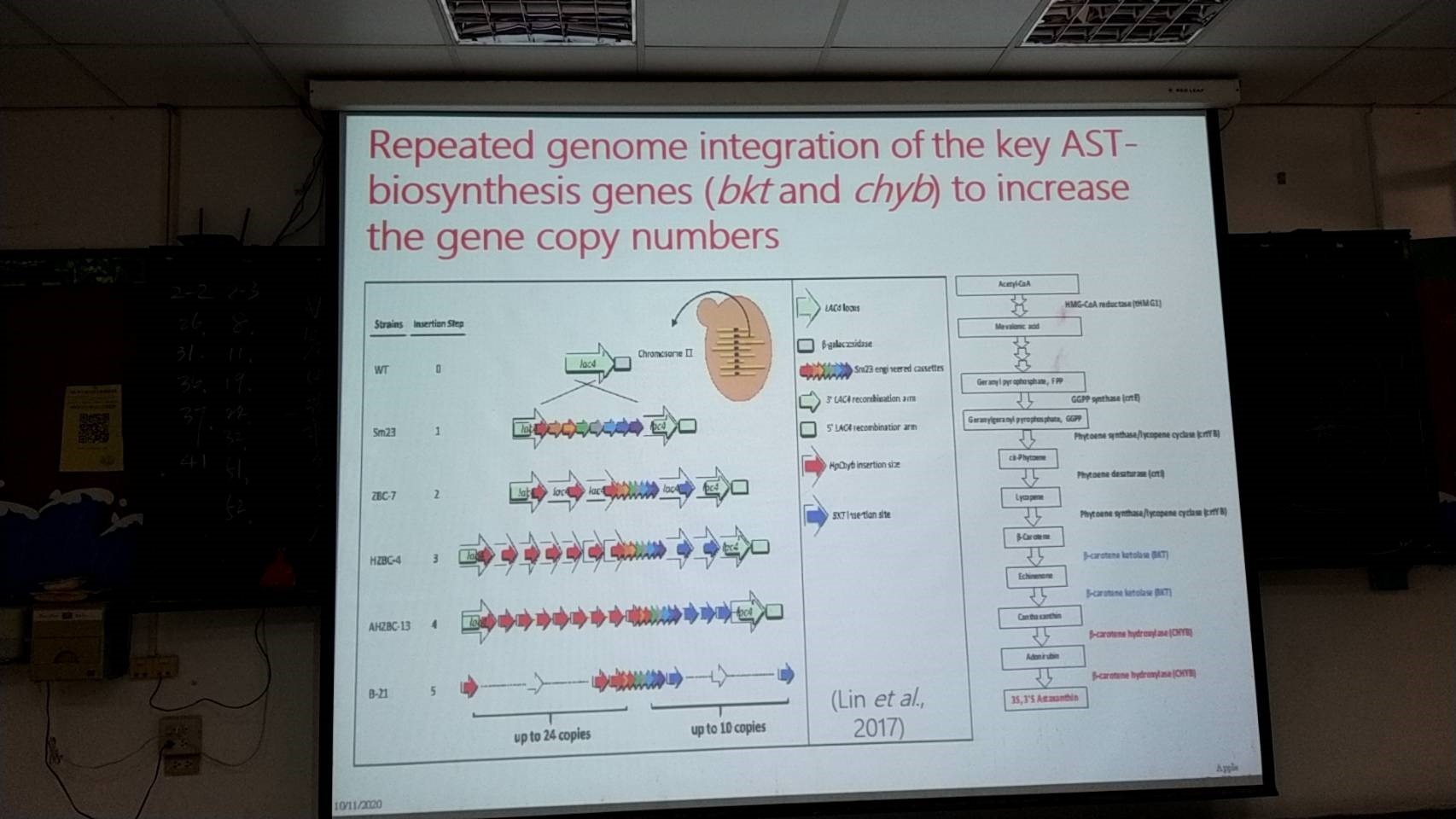
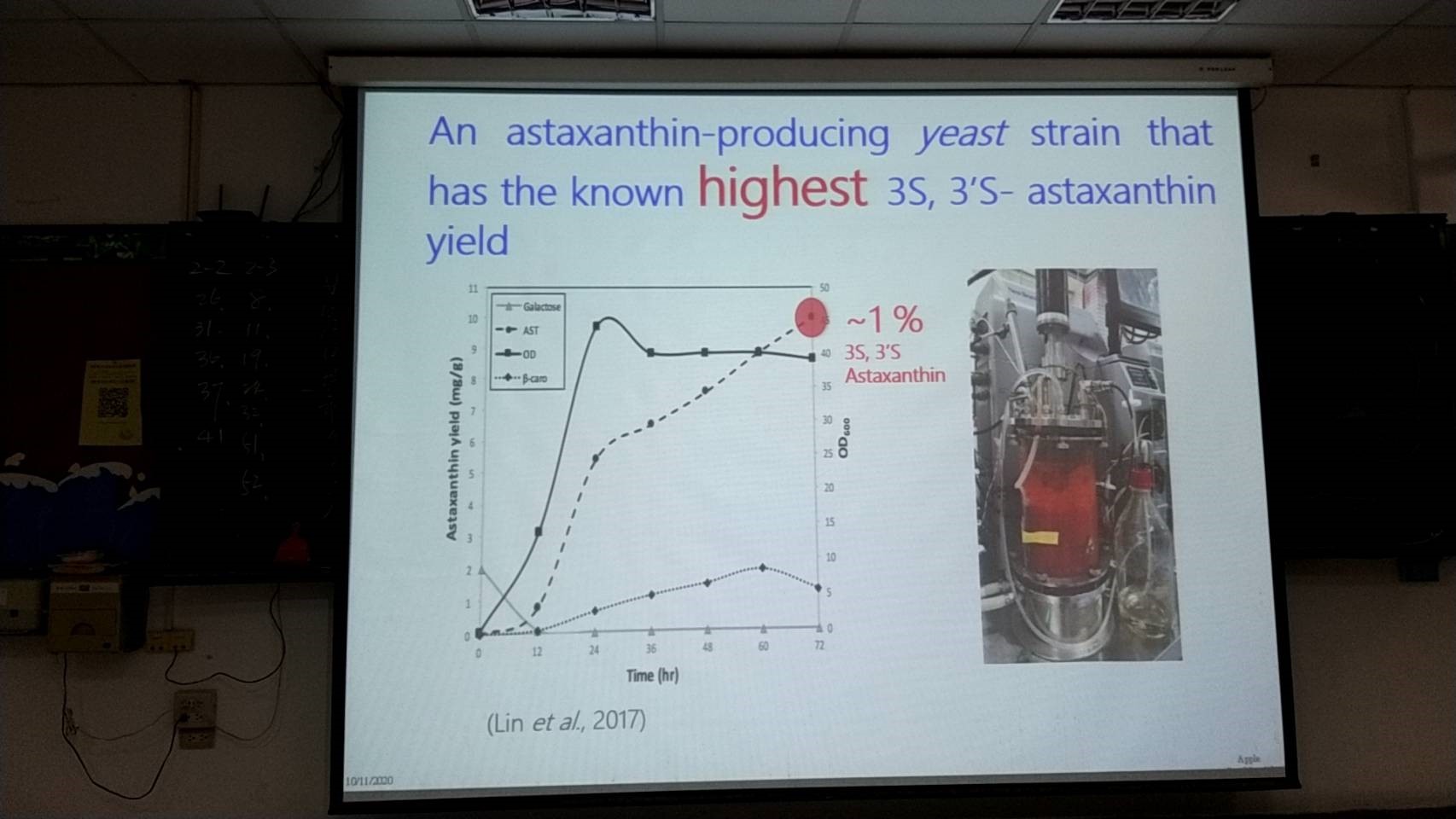
The production of 3S,3’S-astaxanthin, an effective isoform, is successfully reaching the commercial level as productivity of 31.93 mg/L/d, using scale-up fermentation.
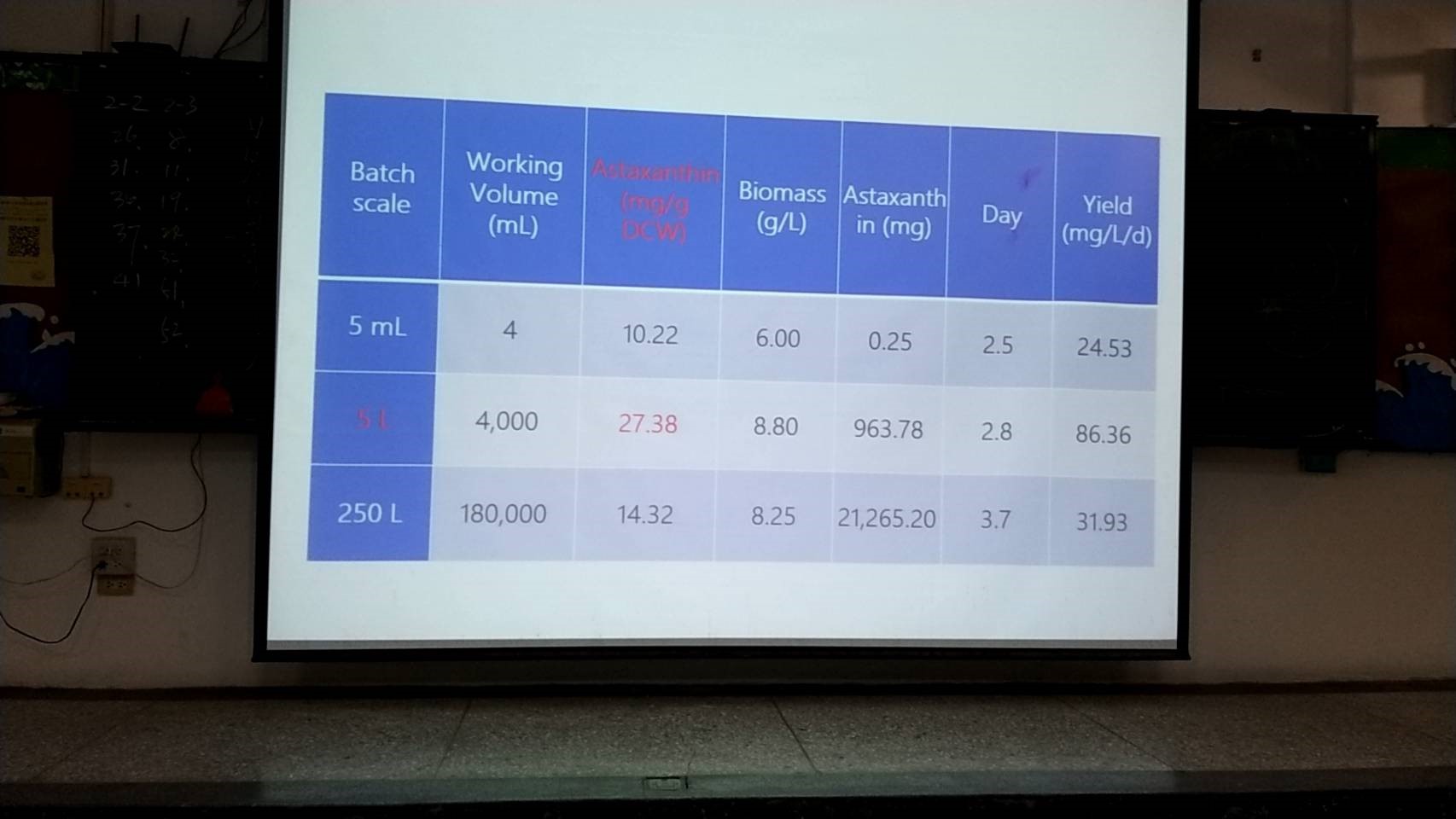
So, we can easily use as a host for produce different metabolites by genetically modification under low cost budget. As an example, Astaxanthin is the one of strong antioxidant that naturally produce by Haematococus pluvialis and Saccharomyces cerevisiae.Over use of antimicrobial become a problem with adaptation of pathogen species. So, antibiotics replacement by Anti-Microbial Peptide (AMP) become popular. Using cell factories, it is easy to produce AMPs with high purification ability and with the low cost.
Now he is working on a single host with all scaffolding protein, anchoring protein and enzyme genes. In addition, about different cohesins and docker ins.









